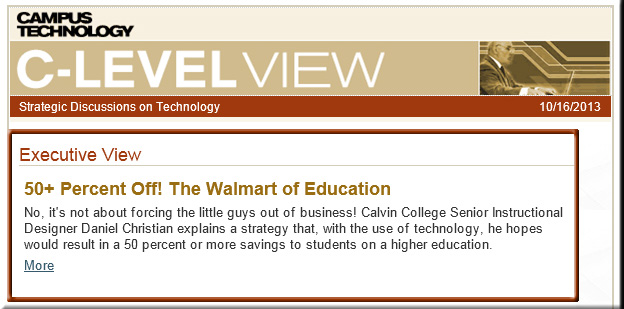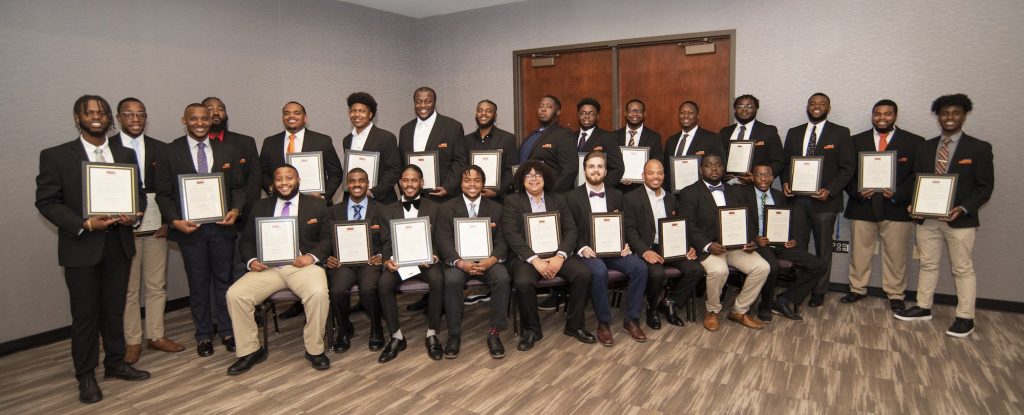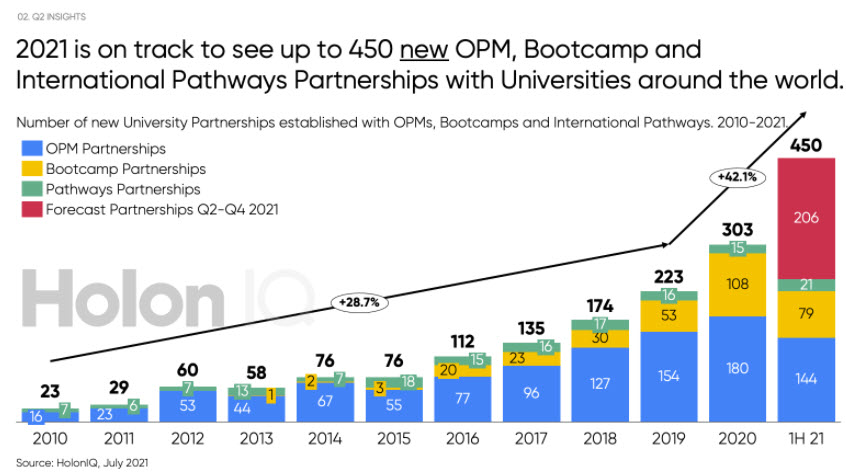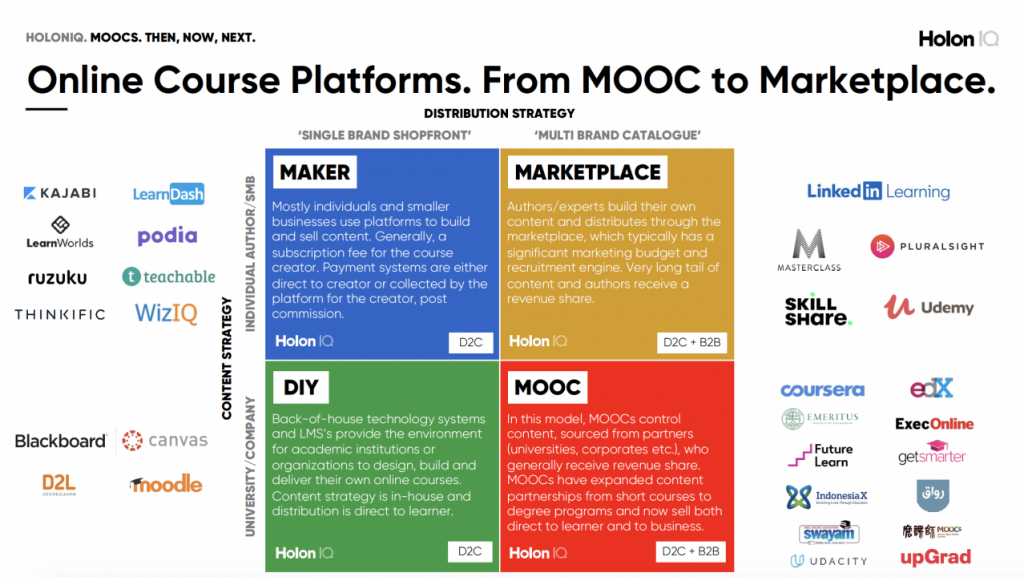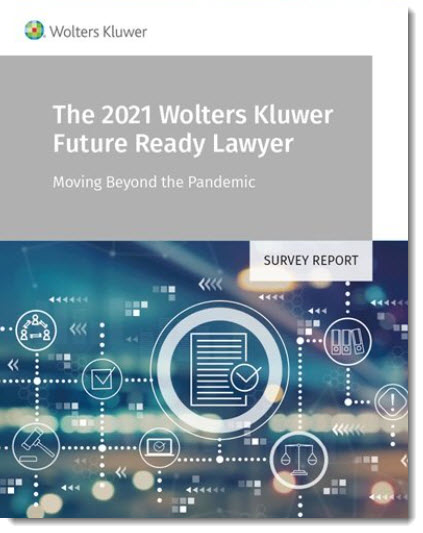5 Ways Higher Ed Will Be Upended — from chronicle.com by Arthur Levine and Scott Van Pelt
Colleges will lose power, prices will go down, and credentials will multiply — among other jarring shifts.
Excerpt:
The dominance of degrees and “just in case” education will diminish; nondegree certifications and “just in time” education will increase in status and value.
…
In contrast, “just in time” education teaches students the skills and knowledge they need right now. They may need to learn a foreign language for an coming trip or business deal. They may need to learn an emerging technology. “Just in time” education comes in all shapes and sizes, but diverges from traditional academic time standards, uniform course lengths, and common credit measures. Only a small portion of such programs award degrees; most grant certificates, microcredentials, or badges.
From DSC:
Long-time readers of this blog and my old blog at Calvin (then College) will see no surprises here:










